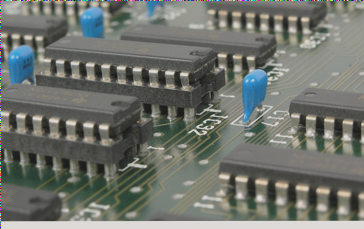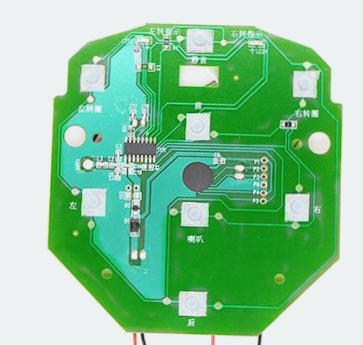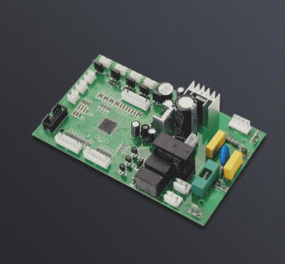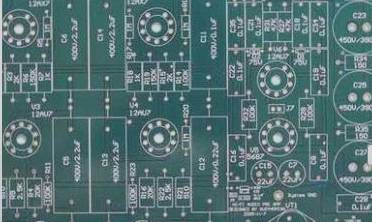Aluminum PCBs: The Ultimate Guide
Printed circuit boards (PCBs) are essential components in electronic devices, with Aluminum PCBs gaining popularity for their unique properties. While FR4 is a common substrate material, Aluminum PCBs offer excellent heat dissipation capabilities, making them ideal for various applications.
How Do Aluminum PCBs Work?
Aluminum PCBs are designed to efficiently dissipate heat, crucial for high-power applications. The copper circuit layer is protected by a solder mask, preventing oxidation and short circuits. A thin layer of fiberglass (FR4) insulates the copper from the aluminum substrate, ensuring no electrical interference.
Latest Update:
Recent advancements in Aluminum PCB technology have led to improved thermal performance and reliability, making them a preferred choice for LED lighting, power supplies, and automotive electronics.
Why Choose Aluminum PCBs for Your Project?
- Excellent heat dissipation
- Enhanced durability
- Environmentally friendly
- Lightweight and strong
Recent Development:
Manufacturers are now offering Aluminum PCBs with enhanced thermal conductivity, allowing for more efficient heat dissipation and improved overall performance.
Designing an Aluminum PCB Using KiCad
KiCad is a versatile tool for designing Aluminum PCBs, offering features to optimize thermal management and electrical performance. Design Rule Check (DRC) settings ensure your layout meets industry standards for reliability and functionality.
Key Insight:
Designing Aluminum PCBs with proper thermal vias and copper pours can significantly improve heat dissipation, extending the lifespan of electronic components.
Manufacturing the PCB
Wellcircuits provides affordable Aluminum PCB prototyping services, ensuring high-quality production and timely delivery. Their expertise in manufacturing Aluminum PCBs and traditional FR4 boards makes them a reliable partner for your project needs.
Customer Review:
Customers praise Wellcircuits for their exceptional packaging and top-notch quality of PCBs, demonstrating a commitment to customer satisfaction and product excellence.
PCB Assembly Process
When assembling PCBs, it’s crucial to consider the type of substrate used. In a recent experiment, I compared the performance of PCBs with Aluminum and traditional FR4 substrates under similar conditions.
Application of Solder Paste
To apply solder paste effectively, creating a jig to secure the PCB during the process is essential. By utilizing a plastic card and stencil, I applied lead-free solder paste, ensuring precise application for optimal performance.
Component Soldering Techniques
After component placement, soldering is a critical step in the PCB assembly process. Using an 858D hot air soldering station, I carefully soldered the components in place. It’s important to note that Aluminum PCBs require a higher reflow temperature due to their larger thermal mass compared to traditional FR4 PCBs.

PCB Testing and Thermal Performance
For testing purposes, I utilized an affordable LED power supply to evaluate the PCBs. Thermal testing was conducted using an infrared thermometer to estimate temperatures in Celsius. The results provided valuable insights into the thermal performance of the different substrates.

When comparing the thermal performance of the two PCB types, it was evident that the Aluminum PCB benefited significantly from the cooling effect of a metal holder. This highlights the importance of considering thermal management strategies during PCB design and assembly.
Remember, safety is paramount when working with LEDs. Always wear protective glasses and avoid direct exposure to bright lights to protect your eyes.




